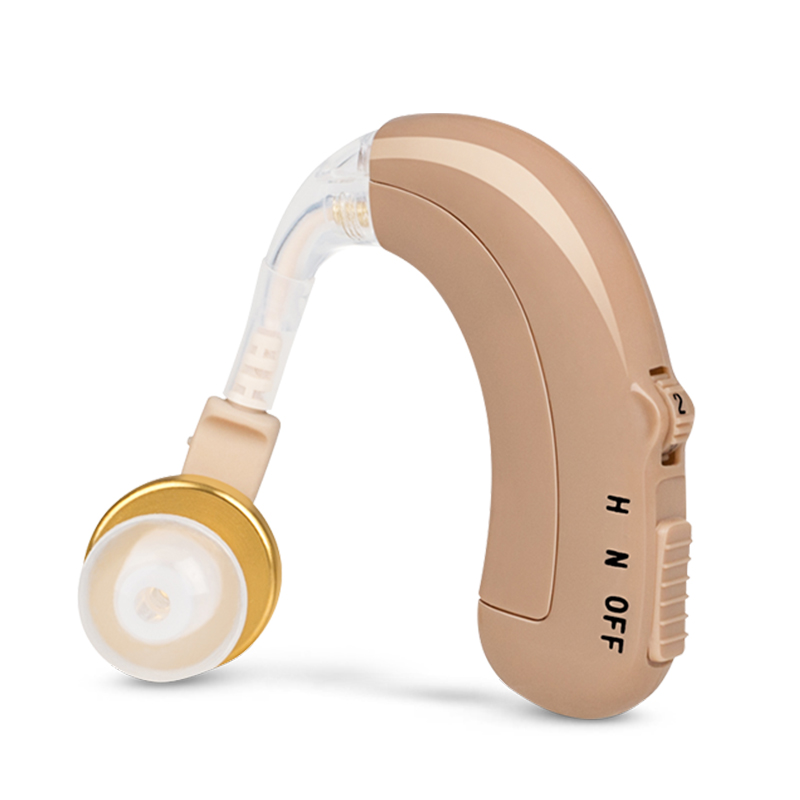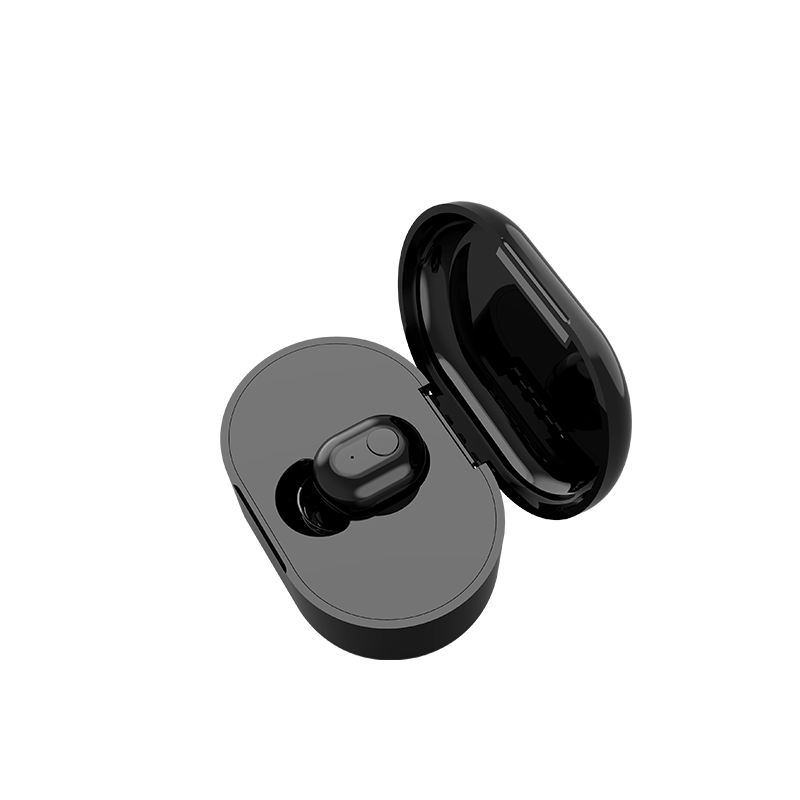
Researchers at the University of Bristol have discovered that the unique thickness and tension of the locust ear makes it act as a frequency analyzer in nature, a naturally evolved method of hearing technology.
Simplified Machinery for Complicated Tasks: the Locust's Hearing Technology
In early November 2013 scientists at the University of Bristol analyzed the locust tympanum, a part of the locust eardrum, in an ongoing project to discover how certain groups of animals integrate sounds through hearing. Unlike mammals, which have an eardrum, middle-ear bones and a cochlea, locusts only have an eardrum, responsible for the task of distinguishing between different sound frequencies. Locusts have developed this mechanism in order to tell the difference between other locusts and hungry bats, as locust noises usually have a relatively low frequency whereas bat echolocation tends to carry a relatively high frequency. The locust eardrum is composed of two sets of cells, which react differently to high and low frequencies. Researchers stimulated these groups of cells on the locust eardrum and observed that both sets of cells were activated by low-frequency sounds, whereas only one set of cells was excited by high frequency sounds. The team used a laser Doppler vibrometer, a device that measures the vibrations on a given surface, to test the locust eardrum's response to sounds from a loudspeaker.Hearing Technology in Nature: Miniature Structure, Large Amplifier
Researchers also analyzed the structure of the eardrum by applying focused ion beams, typically used for examining interactions between microscopic cells. They found that low-frequency sound waves traveled completely across the eardrum to where low frequency neurons are present, whereas high-frequency sound waves only traveled half the distance, stopping at the exact location where high frequency neurons are present. This indicates that the different traveling patterns of the waves, manipulated by the shape of the eardrum, allow locusts to distinguish in between high and low frequency sounds. The waves move in a tsunami-like motion as they travel across the specialized membrane, a phenomenon the experimenters observed years earlier in a separate study. Due to the unique shape of the eardrum, energy density contained in these waves is multiplied 56,000 times on the eardrum's surface before being propagated by the surface receptors, meaning the eardrum acts as a large amplifier. Although this kind of energy localization has only been observed in locusts, it is possible that mammalian ears also carry out similar processes.Revolutionary Hearing Technology
Given the locust's relatively straightforward method of hearing, researching the anatomy of the locust could indeed pave the way for new models of hearing technology. Biomimetic design, or the manufacturing of technology modeled after biological structures found in nature, is the next logical step in applying the extraordinary hearing properties of the locust eardrum. With new innovations in 3D printing, further analysis of the locust ear can lead to the creation of revolutionary hearing aids and hearing technology as well as new models of miniature microphones.by Aaron Rodriques
The above is the interpretation of What Can Locusts Teach Us About Hearing? provided by Chinese hearing aid supplier Shenrui Medical. Link https://www.srmcm.com/Blog/What_Can_Locusts_Teach_Us_About_Hearing.html of this article is welcome to share and forward. For more hearing aid related information, please visit Blog or take a look at our Hearing aids products















